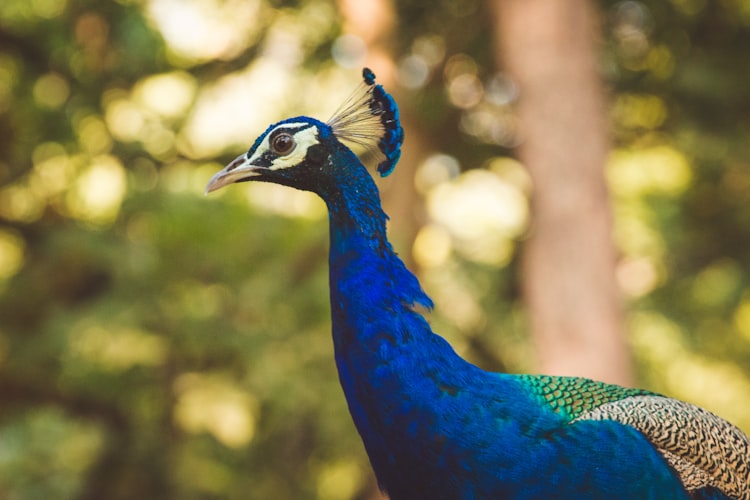
Genome Sequence of an Ancient Horse
We have been wondering whether BGI would start to sequence the genomes of Martians after exhausting nearly all interesting earth-dwellers. Seems like there is plenty of room for doing innovative work by going back on the time axis. In a new Nature paper, Ludovic Orlando and colleagues reported on the genome sequence of a horse that left the earth 560-780 thousand ago.
What we like about the paper -
1. No insightful title. That is a big plus !!
2. No promises of curing cancer or other human diseases and sticking to good science.
3. Being able to read the first page !!
What we do not like -
1. Inability to read beyond first page. Is Nature’s promise about making all genome papers open access only limited to living organisms? If we kill a fish, bee or worm to extract DNA for genome sequencing, will that make our paper closed-access?
We hope someone would email us a pdf to save us from the agony.
Recalibrating Equus evolution using the genome sequence of an early Middle Pleistocene horse
The rich fossil record of equids has made them a model for evolutionary processes1. Here we present a 1.12-times coverage draft genome from a horse bone recovered from permafrost dated to approximately 560780 thousand years before present (kyr BP)2, 3. Our data represent the oldest full genome sequence determined so far by almost an order of magnitude. For comparison, we sequenced the genome of a Late Pleistocene horse (43?kyr BP), and modern genomes of five domestic horse breeds (Equus ferus caballus), a Przewalskis horse (E. f. przewalskii) and a donkey (E. asinus). Our analyses suggest that the Equus lineage giving rise to all contemporary horses, zebras and donkeys originated 4.04.5?million years before present (Myr BP), twice the conventionally accepted time to the most recent common ancestor of the genus Equus4, 5. We also find that horse population size fluctuated multiple times over the past 2?Myr, particularly during periods of severe climatic changes. We estimate that the Przewalskis and domestic horse populations diverged 3872?kyr BP, and find no evidence of recent admixture between the domestic horse breeds and the Przewalskis horse investigated. This supports the contention that Przewalskis horses represent the last surviving wild horse population6. We find similar levels of genetic variation among Przewalskis and domestic populations, indicating that the former are genetically viable and worthy of conservation efforts. We also find evidence for continuous selection on the immune system and olfaction throughout horse evolution. Finally, we identify 29 genomic regions among horse breeds that deviate from neutrality and show low levels of genetic variation compared to the Przewalskis horse. Such regions could correspond to loci selected early during domestication.